Artist Daniel Regan tells the deeply personal story of his own mental health journey, including self-harming in his teens, his time in a psychiatric hospital and undergoing intensive psychotherapy.
Daniel Regan on using photography to manage emotions
Words by Daniel Reganaverage reading time 4 minutes
- Article
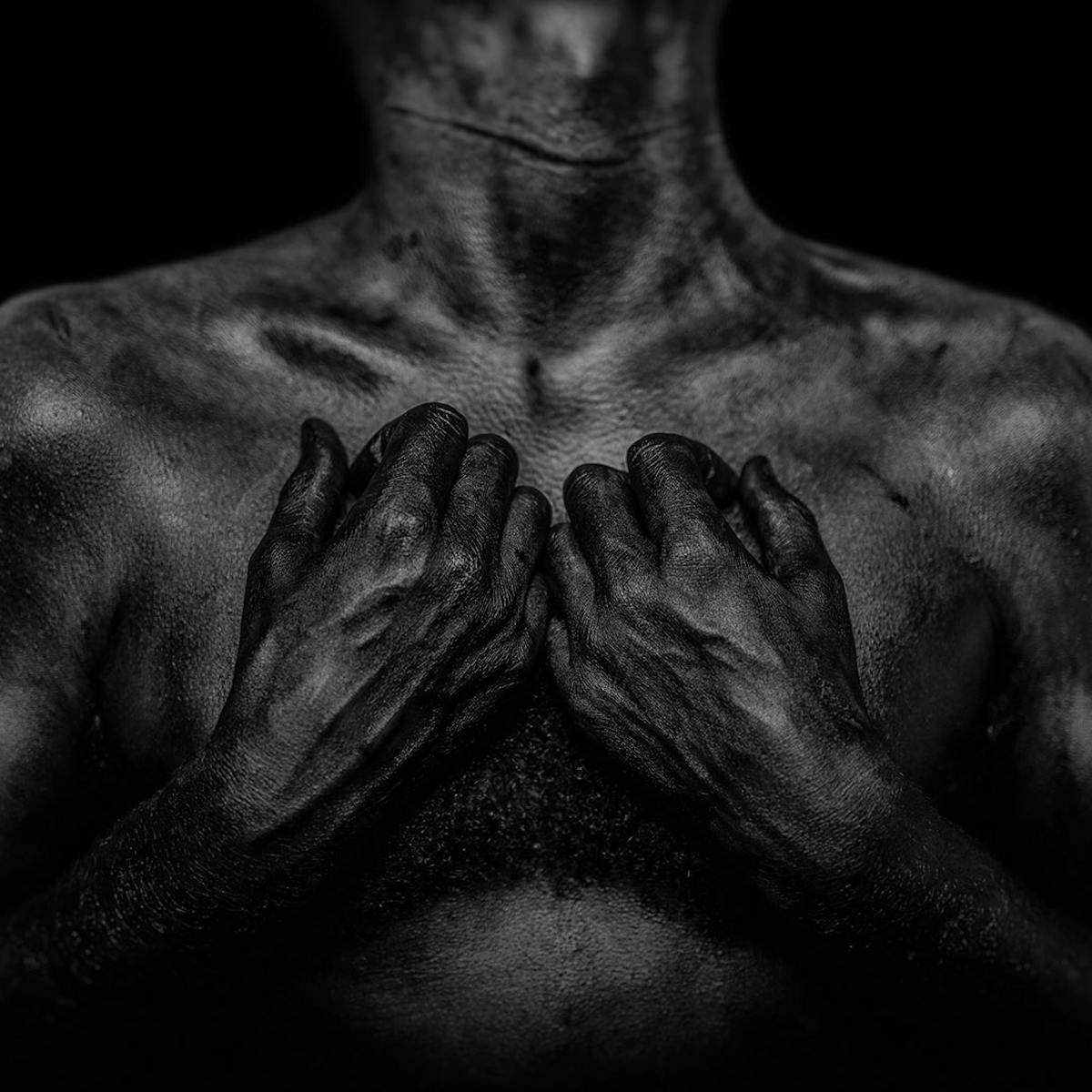
I began feeling that something wasn’t quite right in my early teens. Looking back on it now, I remember thinking that my thoughts seemed jumbled, tangled and different from my peers. My emotional experiences were felt so deeply; my responses were not the same as those around me at that age.
As I got further into my teens, I withdrew into myself and began to self-harm. I could never quite figure out how to make sense of the chaos in my mind, but then I discovered photography, which helped me begin to express the brief moments of clarity.
By the time I was in my late teens, I was relying heavily on photography to manage my emotions and engage in the world around me. It became both a way of cautiously expressing my difficulties whilst also being a physical barrier between me and those around me. Realising the impact photography was having on my life and coping strategies, I decided to pursue a photography degree. During those years I struggled immensely.
‘Insula’ photo series

‘Insula’ documents the emotional difficulties of living with a chronic mental health disorder over ten years.
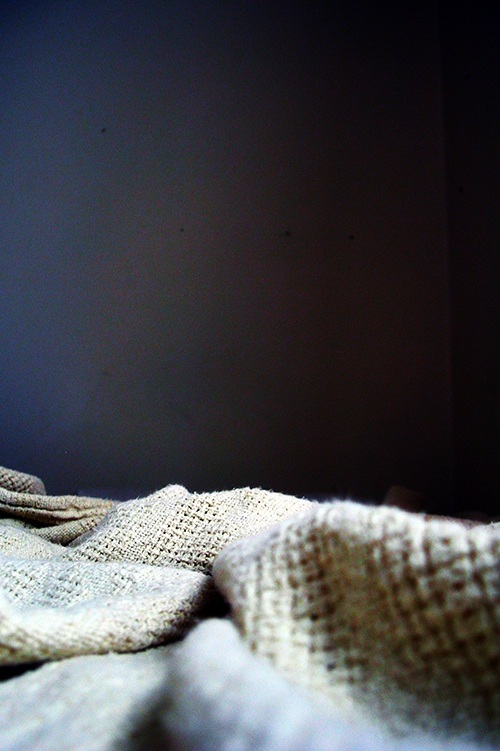
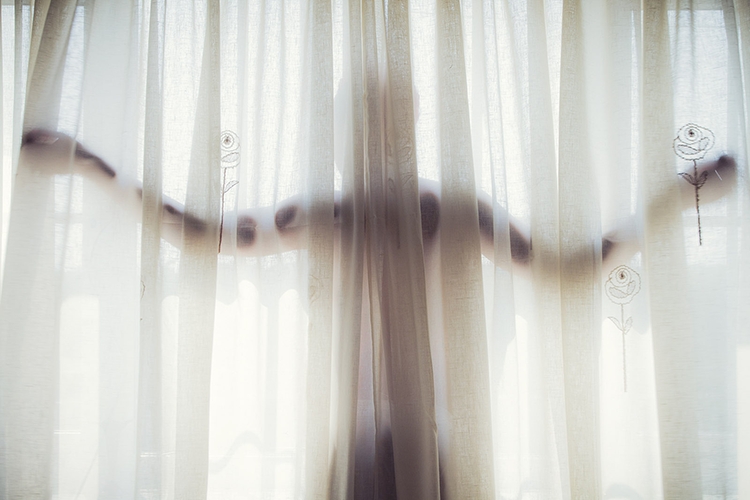
My experience with mental health services was dire: bouncing from one service to the next, being repeatedly misdiagnosed and eventually ending up in a psychiatric hospital. During that stay I remember the immense need to document the experience. Photography was a way of unpicking the mess I was in, in the absence of words.
After my first hospitalisation I began to explore the many abandoned mental asylums across the UK. These enormous and dilapidated shells both haunted and intrigued me. On each visit, I photographed that which had been left behind, curious about the lives of those who had previously inhabited these spaces. As I wandered the haunting halls, I often reflected on my own treatment and how our attitudes towards mental health have changed and evolved, albeit slowly.
Accessing treatment took a long time for me and wasn’t easy: I had to move cities, I was denied treatment for being ‘out of borough’ and there were extremely long wait times. After a decade, I finally got a diagnosis that meant nothing to me (except that I would get access to – hopefully – the right treatment). Throughout these long waits, I turned to photography to stay grounded.
‘Abandoned’ photo series
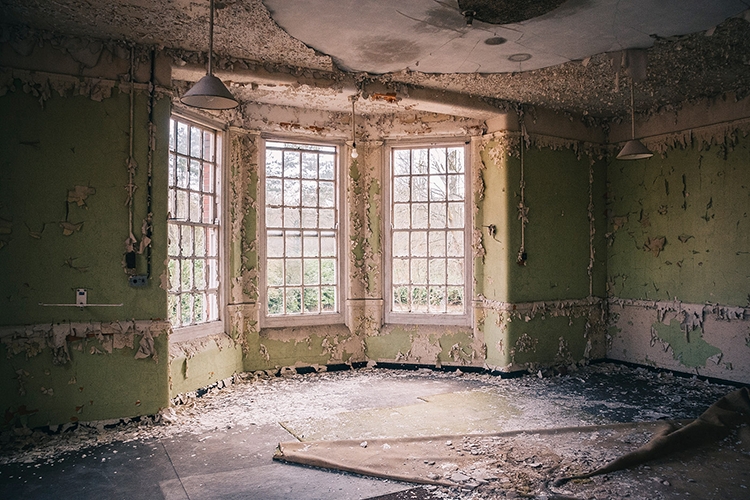
‘Abandoned’ reflects Victorian mental asylums that are now in decay.
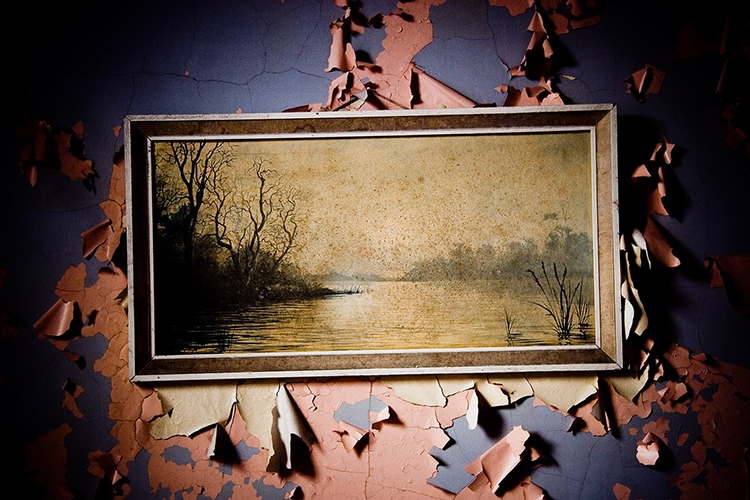
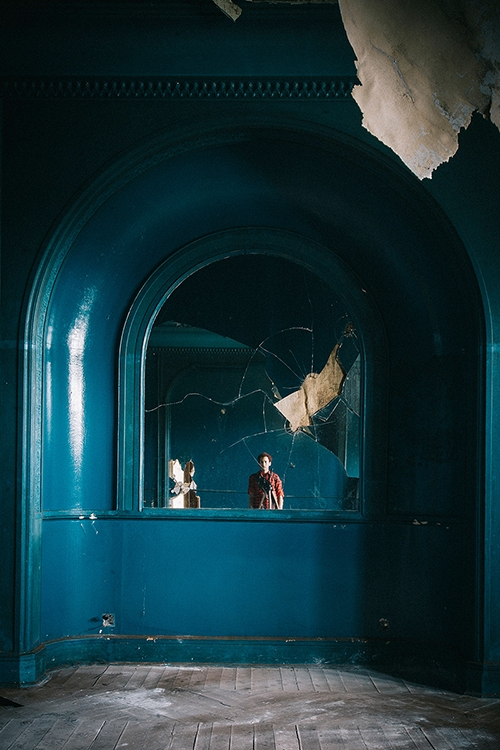
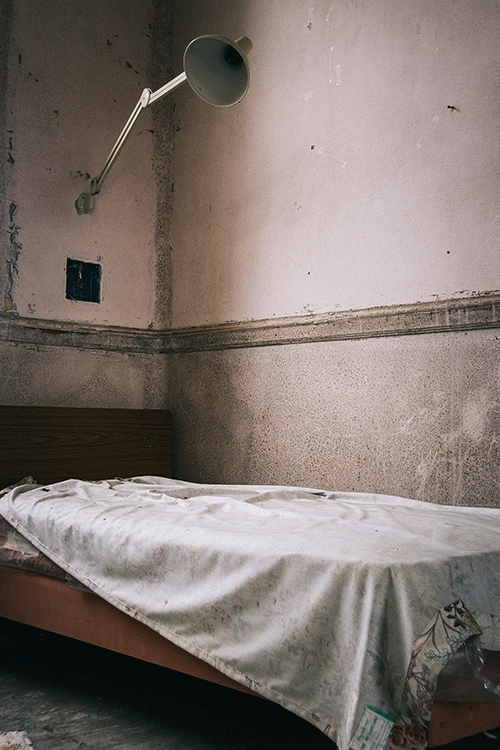
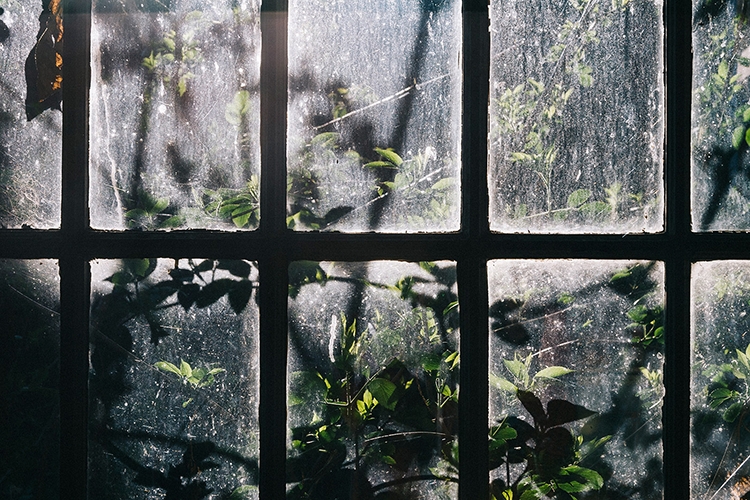
Photography for me has always been about documenting what is around me, from the lightness and beauty of the world to the darkness and difficulties. Carrying a camera with me means I’m able to capture the small and subtle beauty of my surroundings: a winter’s frost, slivers of morning light, the scars I bear on my skin; it allows me to appreciate the minutiae of living. I use these images as a form of digital diary-keeping, helping me maintain order and organisation in a world that can often feel chaotic.
In 2012 I decided to complete an MA in photography. After leaving Brighton, I requested a copy of my mental health medical records and felt the need to work through them using my photography. The records were both upsetting and angering, but also humorous. I became aware of just how difficult it can be to accurately understand individual mental health issues. I often felt that I had been misunderstood by the clinician; I wondered how during those sessions so much had become lost in the space between us.
Whilst studying for my master’s I finally got access to 18 months of intensive psychotherapy. Although it was stressful, these two undertakings went hand in hand. The more I used photography to explore my feelings, the more I felt I could uncover in therapy and vice versa. In my work I examined my feelings of living with mental illness as a second skin. I physically wallpapered my body in my medical records, tearing them from my body and removing patches of skin and hair.
I compared my own self-portraits with clinical records made at the same time, questioning the dual perspectives of myself as a service user and as the clinician. Working on these projects gave me a sense of closure as I slowly started to recover and feel more stable. What had been internally turbulent slowly began to feel calmer and resolved.
‘Fragmentary’ photo series
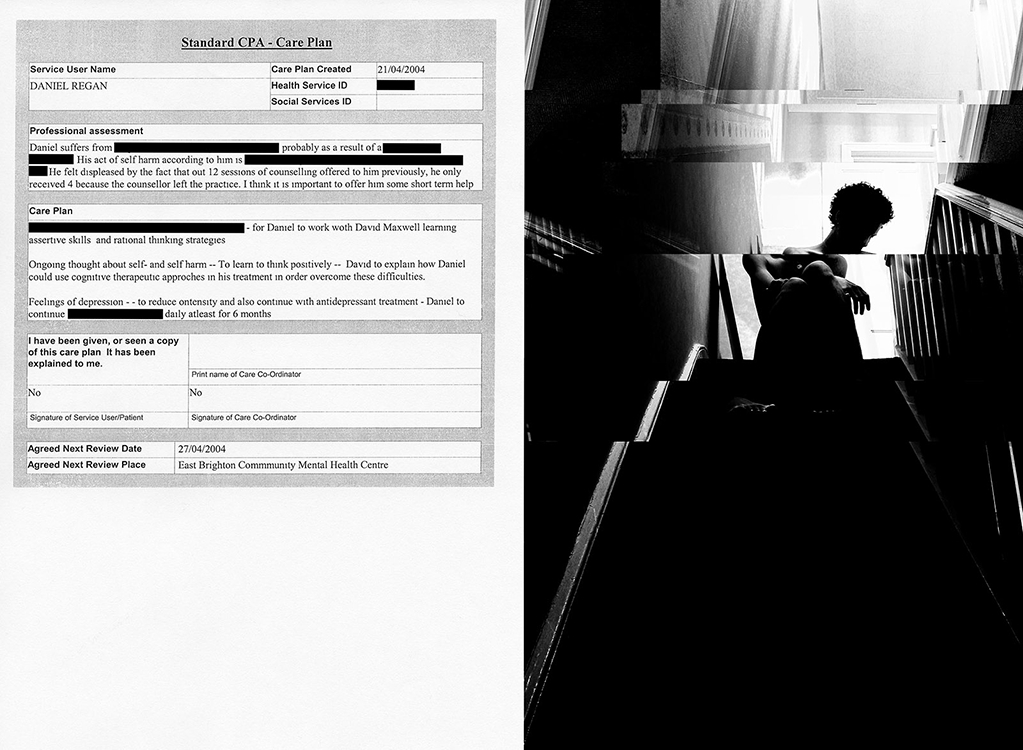
‘Fragmentary’ was created as part of a project as artist-in-residence at the Free Space Project.
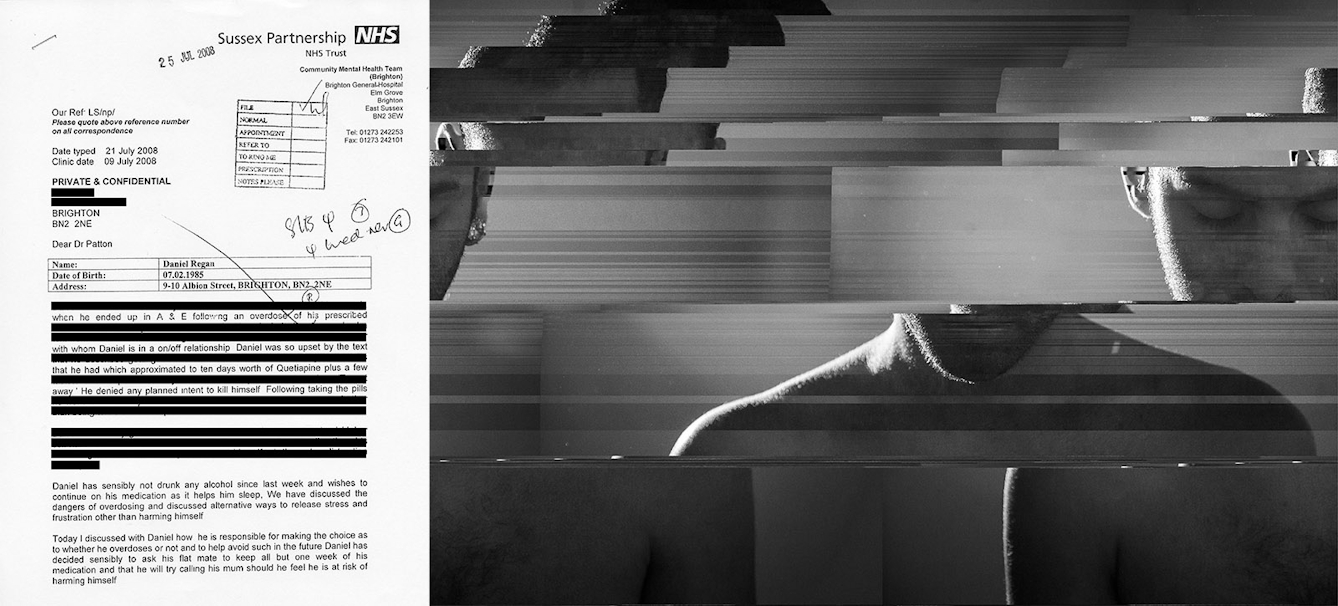
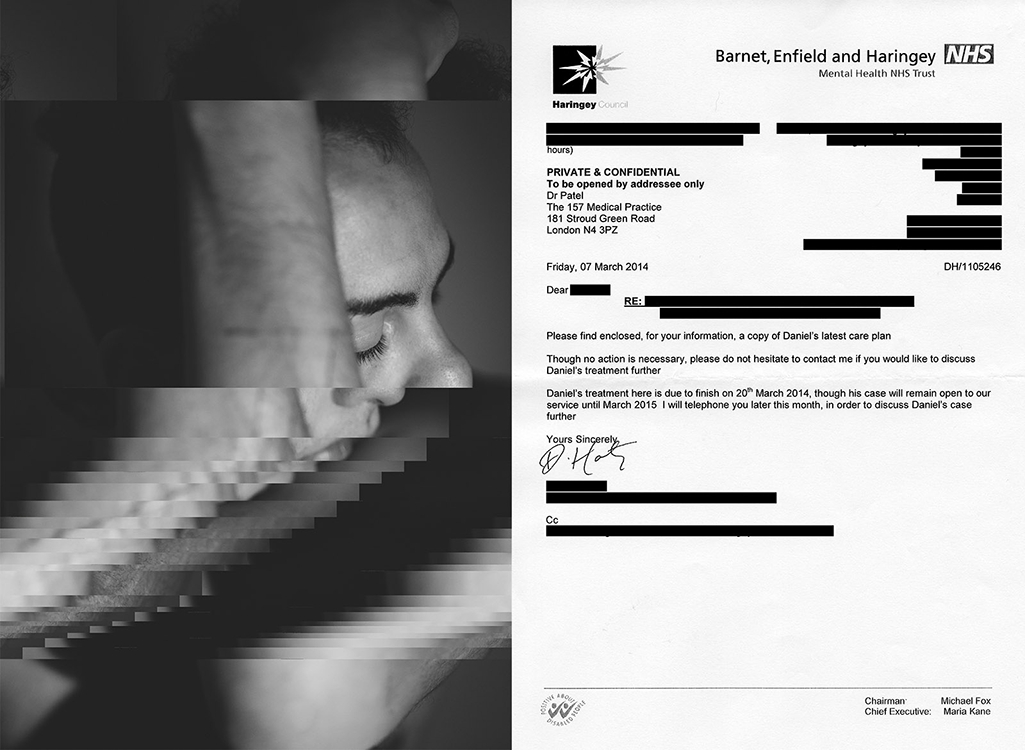
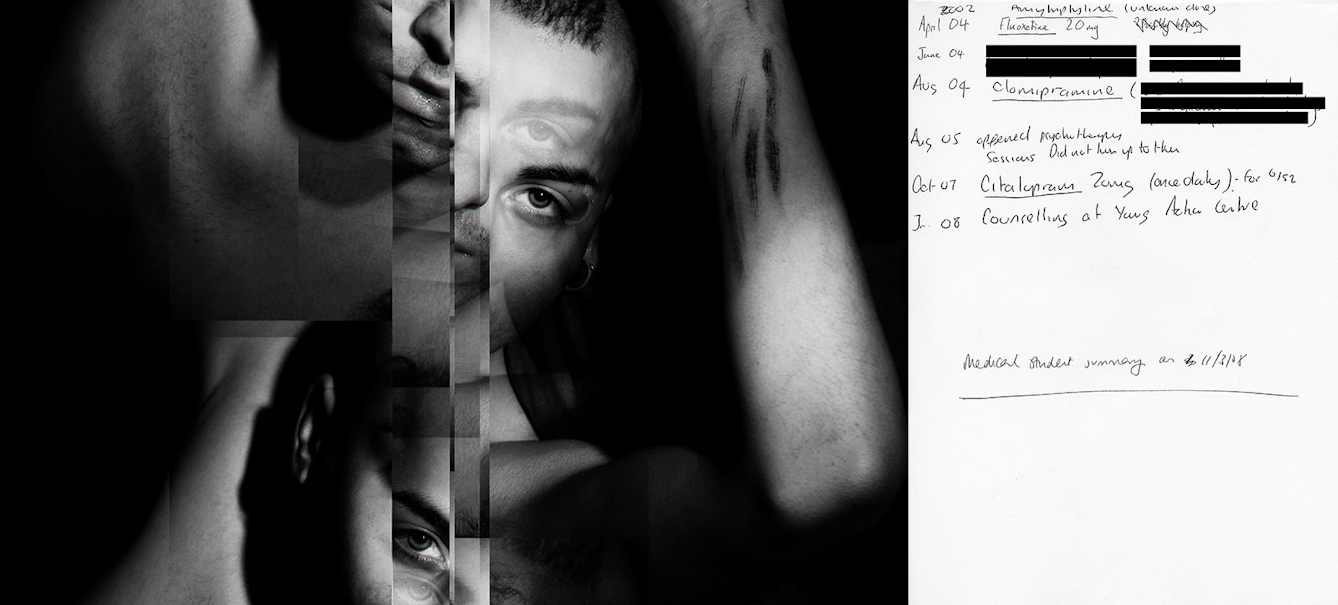
Nowadays I also run therapeutic photography projects and workshops, teaching others how we can use the arts to improve our wellbeing. Photography has changed how I see the world and I enjoy helping others with difficulties learn to see the world differently too.
About the author
Daniel Regan
Daniel Regan is a photographer and artist based in London, working on themes of mental health and wellbeing. He is the current director of the Free Space Project, a charity providing arts activities and therapies across two NHS sites in north London.
